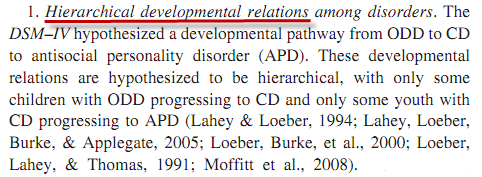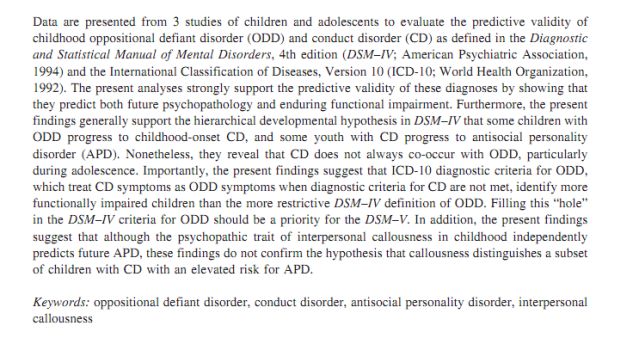How to Tell if a Article Is Peer Reviewed
 Now that school has started and you have gotten a chance to sit down and look at your syllabus, you may have noticed that your professor has asked you to write a research paper. Not only that, you may have also noticed that they want you to use at least two scholarly (or peer-reviewed or academic) sources. So that begs the question … What is a scholarly resource and how do you know if you are looking at one?
Now that school has started and you have gotten a chance to sit down and look at your syllabus, you may have noticed that your professor has asked you to write a research paper. Not only that, you may have also noticed that they want you to use at least two scholarly (or peer-reviewed or academic) sources. So that begs the question … What is a scholarly resource and how do you know if you are looking at one?
 Scholarly Articles (also known as Peer-Reviewed Articles or Academic Articles): A scholarly article can be found in journals both online (found by using the Library Databases) or in print. These articles are written by experts in a field of study and tend to longer, more in-depth then articles you find in newspapers and magazines. Scholarly articles are also supported by references to other research on the subject that it is discussing. Before being published a scholarly article is brought before a panel of experts (hence peer-reviewed) to be critiqued and assure that the quality of the research is sound.
Scholarly Articles (also known as Peer-Reviewed Articles or Academic Articles): A scholarly article can be found in journals both online (found by using the Library Databases) or in print. These articles are written by experts in a field of study and tend to longer, more in-depth then articles you find in newspapers and magazines. Scholarly articles are also supported by references to other research on the subject that it is discussing. Before being published a scholarly article is brought before a panel of experts (hence peer-reviewed) to be critiqued and assure that the quality of the research is sound.
Scholarly articles can come in all shapes and sizes depending on the subject being covered and the type of research being performed. For example, a scholarly article by an expert in the Humanities will write what is called a literature review, wherein they discuss a work of art (book, painting, etc …) and their research will be based off of what previous experts have written about that piece. However, a scholarly article by an expert in a Science field may write about an experiment they have performed, and discuss their results and how it relates to previous research.
Despite the fact that the content and format of these articles can vary from article to article, if you continue reading, I will list five sure-fire ways to tell if the resource you are looking at is scholarly or not.
1.) Author: authors of Scholarly articles are always experts of the field of study that they are discussing. When you are looking at a scholarly article, these authors credentials tend to be listed. Usually the listing shows what organization the author is affiliated with (usually these are University faculty members).

2.) Audience: authors of scholarly articles write their papers for scholars, researchers, and students. Therefore, they assume the reader has a degree of expertise when they are writing the paper and they use specialized terminology (see below) tailored to the field of study they are discussing.

3.) References: authors of scholarly articles are required to use previous research in their articles, along with citing that research both in-text and at the end of their paper. All scholarly articles will have a works cited (aka bibliography) at the end of their paper.


4.) Abstract: the beginning of scholarly articles tend to have and abstract. Which is a paragraph supplied by the author, that summarizes the paper. Since scholarly articles are long, you can save yourself a good deal of time by reading the abstract and making sure that article is pertinent to the topic you are discussing.

5.) Graphics:scholarly articles tend to contain graphs, charts, and tables. The also very rarely contain ads.

These are some of the ways you can tell a scholarly article from a popular article. For more help determining whether are not the article you have is scholarly, stop into the PSC Library and ask a Librarian.
Similar Articles:
The Sources are Strong with You: Understanding Scholarly Papers with Star Wars
The Shark Still Looks Fake: Understanding Scholarly and Popular Sources during Shark Week 2012
Critical Thinking Skills 101: The Danger of Perceived Expertise
How to Tell if a Article Is Peer Reviewed
Source: https://pioneersread.wordpress.com/2011/08/31/5-ways-to-tell-if-the-article-is-scholarly-aka-peer-reviewed-aka-academic/
0 Response to "How to Tell if a Article Is Peer Reviewed"
Post a Comment